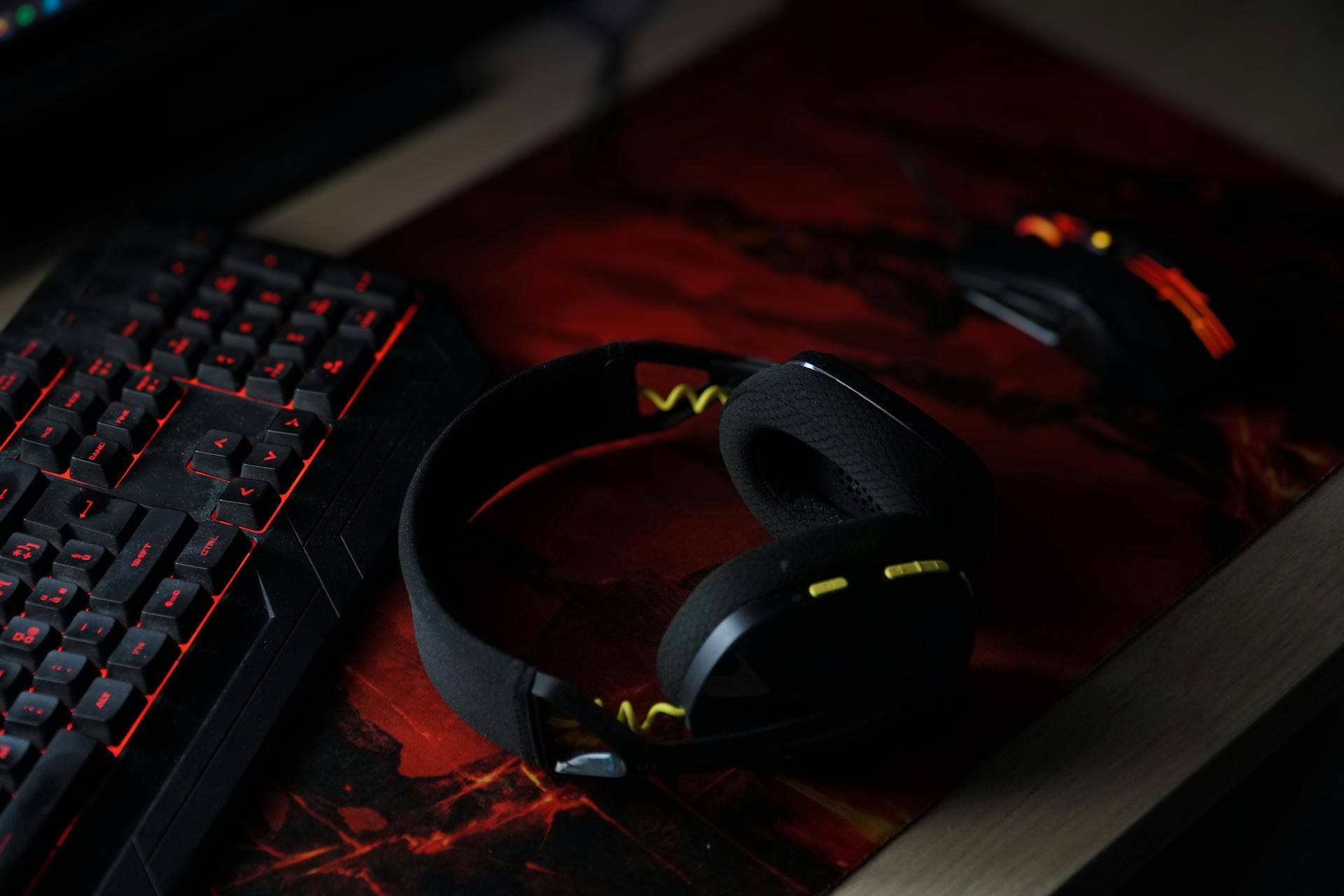Gaming on Linux used to be kind of a hassle. Between compatibility issues and limited game support, it wasn’t always the smoothest ride. But things have changed. Linux has come a long way in the gaming world. Thanks to platforms like Steam Play, Proton, Vulkan, and some clever optimizations, Linux is now a legit gaming platform. Still, if you want to squeeze out every last frame and make your gameplay better, a bit of tuning can go a long way. In this guide, we’ll walk you through the best ways to improve gaming performance on Linux, from essential driver installs and system tweaks to game launchers and desktop environment tips.
Let’s get into how you can supercharge your Linux machine for gaming greatness.
1. Get the Right Drivers (Seriously, Don’t Skip This)
Before anything else, make sure your graphics drivers are up-to-date. Outdated or incorrect drivers are one of the biggest performance killers on Linux.
- For NVIDIA users – Install the official proprietary driver (not the open-source “nouveau” driver). You can usually find it through your distro’s driver manager or straight from the NVIDIA website.
- For AMD users – Good news! The open-source Mesa drivers are fantastic and often perform just as well, if not better, than the proprietary ones. Just keep your system updated.
Tip: On Ubuntu-based distros, a simple sudo ubuntu-drivers autoinstall can get you the best drivers without the drama.
2. Turn On Gaming Mode: Enter GameMode
Feral Interactive (those legends who port games to Linux) created GameMode, a simple tool that tweaks your system to favor gaming performance.
GameMode does things like:
- Increases CPU governor to “performance”
- Reduces CPU throttling
- Prioritizes your game process
To install GameMode:
sudo apt install gamemodeOr if you’re on Arch:
sudo pacman -S gamemodeMost modern games on Steam detect and use GameMode automatically. But if not, you can launch games manually with:
gamemoderun ./YourGame3. Optimize Your Kernel with Liquorix or Xanmod
The standard Linux kernel is great… for general use. If you want to push gaming performance, consider switching to a low-latency or gaming-optimized kernel like Liquorix or Xanmod.
- Liquorix – Tweaked specifically for responsiveness, perfect for gamers.
- Xanmod – Focused on performance tuning with advanced features.
These kernels can give you better frame rates, reduced input lag, and overall smoother gaming. Plus, installing them isn’t as scary as it sounds.
Example for Debian/Ubuntu users:
sudo add-apt-repository ppa:damentz/liquorix
sudo apt update
sudo apt install linux-image-liquorix-amd64 linux-headers-liquorix-amd644. Tweak Your Graphics Settings (The Linux Way)
Don’t just rely on in-game settings. Your system’s graphics settings matter too.
- NVIDIA users – Use
nvidia-settingsto crank up performance. - AMD users – Use
radeon-profileoramdctlfor fine-tuning.
Key things to adjust:
- Set “PowerMizer” to Prefer Maximum Performance (NVIDIA).
- Set vsync appropriately (sometimes turning it off helps with tearing issues).
- Tweak anti-aliasing and texture filtering to balance between visuals and performance.
5. Use Proton Tricks for Non-Native Games
Steam’s Proton compatibility layer is a game changer (pun intended), but sometimes games need a little extra help.
Protontricks lets you easily install Windows DLLs, tweak Wine settings, and fix stubborn games that don’t run properly out of the box.
To install Protontricks:
sudo apt install protontricksOr grab it from your distro’s repo. Then use it to apply per-game fixes without breaking anything.
6. Manage Background Processes
Background apps can gobble up CPU, RAM, and disk I/O without you even noticing. On Linux, you have powerful tools to manage them.
- htop – A colorful, better alternative to
top. See what’s eating your resources and kill them. - systemd-analyze blame – Check which services are hogging your boot and background time with this command.
Before launching a game, close unnecessary apps like browsers, download managers, and heavy background daemons. You’ll be surprised how much smoother games run afterwards.
7. Consider Using a Lightweight Desktop Environment
If you’re serious about gaming, ditch the bloated desktop environment.
- XFCE, LXQt, or even KDE Plasma (with tweaks) can free up tons of system resources.
- Heavyweights like GNOME or Cinnamon can be beautiful, but they sometimes nibble at your CPU and RAM when you least want them to.
A lightweight DE means more power available for your games.
8. Check Out Lutris for Ultimate Game Management
If you want to take your Linux gaming to the next level, install Lutris. It’s an open-source gaming platform that helps you manage games from all over the place, like Steam, Epic Games, GOG, Battle.net, you name it.
Plus, it applies optimal Wine configurations for you. No more hunting for settings yourself.
Install it with:
sudo add-apt-repository ppa:lutris-team/lutris
sudo apt update
sudo apt install lutrisConclusion
At the end of the day, Linux has grown into a surprisingly solid platform for gaming. You just need to give it a little nudge in the right direction. With the right mix of drivers, tools like GameMode and Protontricks, and a few smart system tweaks, you can drastically improve gaming performance on Linux without diving too deep into technical rabbit holes. So go ahead, fine-tune your setup, launch your favorite titles, and enjoy smooth, stutter-free sessions, all on your open-source OS of choice.


